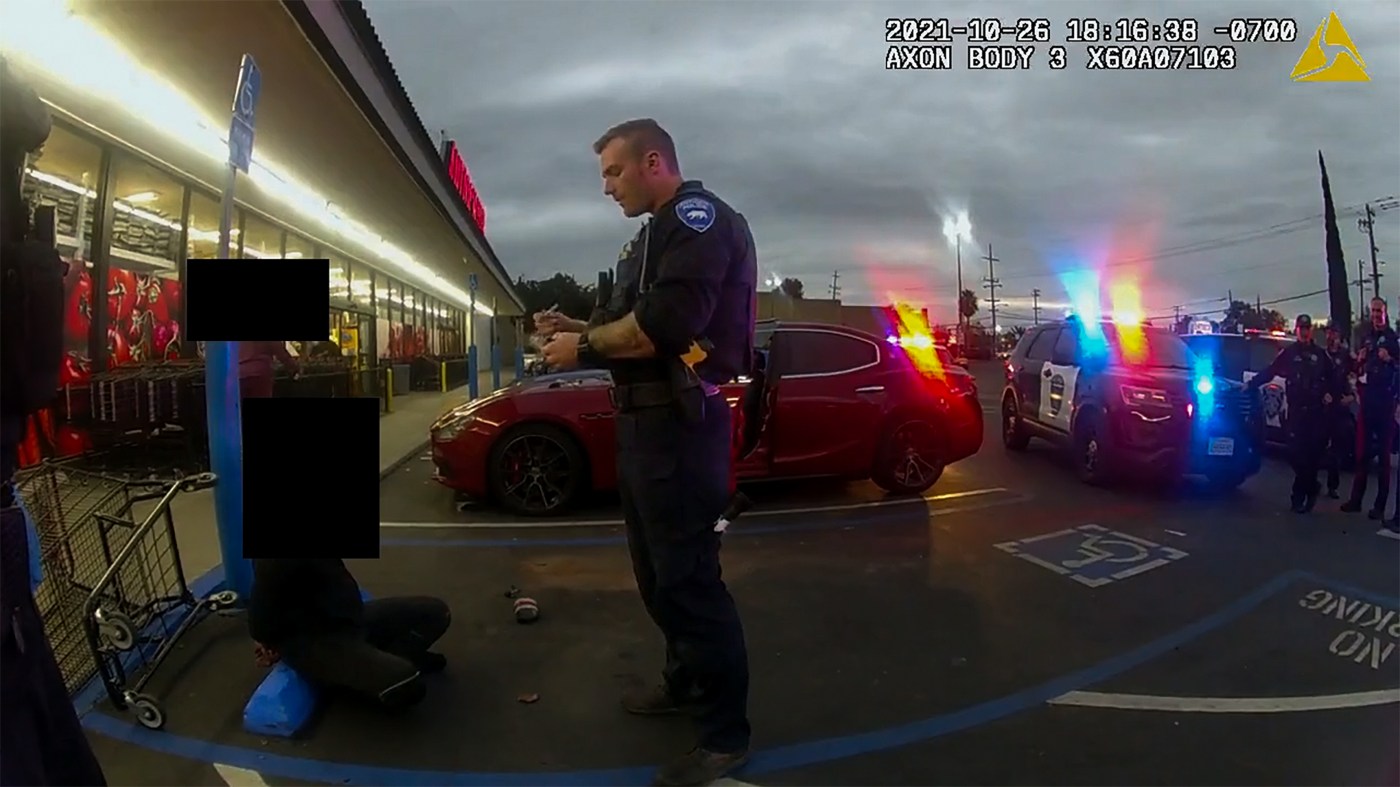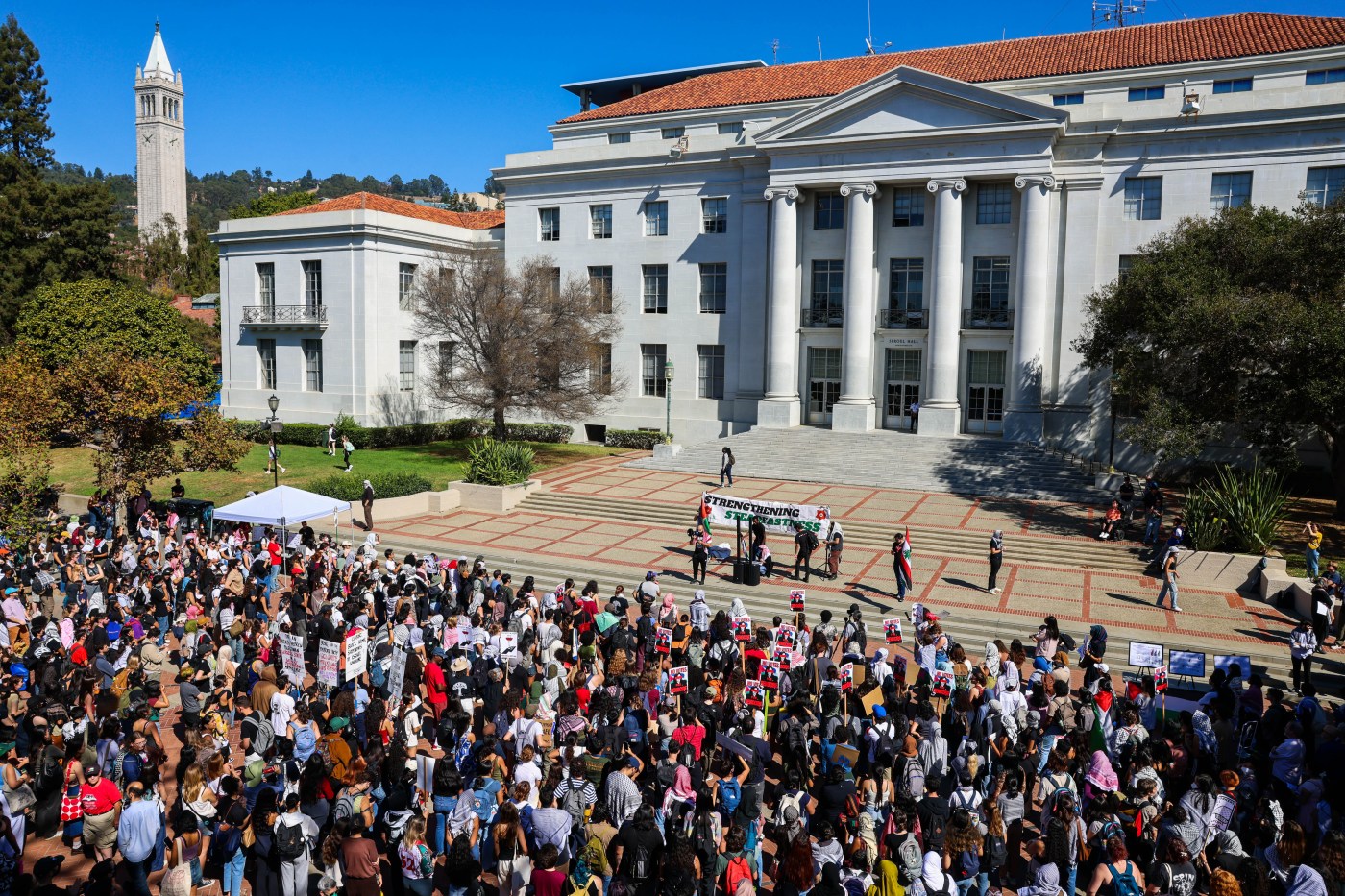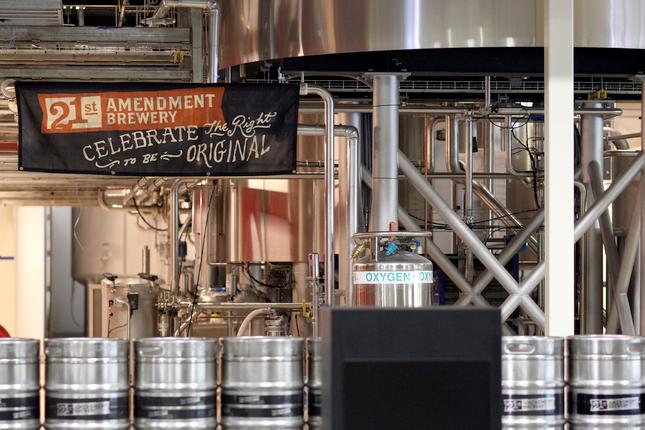The debate over ranked choice voting in Silicon Valley continues to rage as Santa Clara County officials have pushed back a decision on changing the local election system until later this year, when they say they will have a better idea of how the federal budget will affect the county.
During Tuesday afternoon’s county finance and government operations committee meeting, Supervisor Betty Duong said the county is facing an “existential crisis of what this county will look like and how this county will operate” in light of the turmoil in Washington D.C. As the Trump administration tries to rein in federal spending and Congress looks to make deep cuts to Medicaid, Santa Clara County’s budget could be deeply impacted as roughly 30% of its funds come from the feds — and supervisors don’t seem poised to make ranked choice voting a priority.
Related Articles
Letters: Sant Clara County’s transgender flag is a symbol of acceptance
Santa Clara County to explore creating a know-your-rights training for fast food workers
Letters: Santa Clara County’s transgender flag policy isn’t fair
Ex-Santa Clara Vice Mayor Anthony Becker sentenced to 40 days of jail work program in 49ers perjury case
Over public concern, south and central fire districts in Santa Clara County merge
“I’m not prepared to make a decision on my own within this committee today that would fundamentally change the landscape of voting when voting rights are under attack, when our democracy is under attack, when families and children are literally afraid to go to school right now because of the climate of our society,” Duong said.
Duong, who serves as the chair of the committee, and Supervisor Susan Ellenberg recommended that the full Board of Supervisors discuss the issue at a meeting after Sept. 30, 2025 — the day the federal fiscal year ends.
“I don’t have strong feelings about ranked choice voting one way or another on a philosophical level,” Ellenberg said. “I think that there are good reasons to do it certainly in some places. I heard very compelling arguments frankly on both sides. But where I am is I don’t feel strongly that this topic needs to be a priority for this board right now.”
Ranked choice voting has picked up steam across California in recent decades. San Francisco has used it since 2004, and Berkeley and Oakland adopted it in 2010. The cities of Albany, Eureka, Palm Desert, Redondo Beach and San Leandro have also made the switch.
The election system has voters rank their candidates by preference on their ballots instead of selecting just one option. After each round of counting, the candidate who received the fewest number of votes is eliminated and their votes are then redistributed to the remaining candidates based on their next highest pick. Candidates will continue to be eliminated and have their votes redistributed until one candidate has received a majority.
While advocates of ranked choice voting argue that it will help boost women and people of color running for office, resulting in more positive campaigning as candidates compete for second-choice votes and give people more of a voice in elections, critics contend that the system is complicated and makes it harder to ensure fair and transparent elections.
Thirteen states have passed laws banning the implementation of ranked choice voting, including six last year — Alabama, Kentucky, Louisiana, Mississippi, Missouri and Oklahoma. In Oakland, residents unsuccessfully circulated a petition last year to try and repeal ranked choice choice voting following a school board election where the Alameda County Registrar of Voters incorrectly tabulated the results.
Santa Clara County Assessor Larry Stone, a longtime opponent of ranked choice voting, said in an interview that the ranked choice system “threatens the democratic process of ‘one person, one vote’ that is fundamental to the importance of the democratic elections in this country.”
Ranked choice voting has become a polarizing issue for many county residents. In the hour leading up to Tuesday’s meeting, a coalition of supporters of ranked choice voting gathered outside the Santa Clara County Government Center for a press conference. But vocal opponents, many of whom have been lobbying the county to reject the system for months now, protested the event and held up signs that read “hands off county elections” and “RCV = voter suppression.”
Robert Rissel, a San Jose resident who is against ranked choice voting, told Bay Area News Group that “it’s a very complicated system. I spent a couple hours on the Internet trying to understand the different explanations of it and still didn’t understand.”
But Marcela Miranda-Caballero, the executive director of Cal RCV, disagrees. She said there’s been several exit polls done in places like New York City that use ranked choice voting and “regardless of age, income, background people understand how to use” the system.
“It’s not confusing,” she said. “It’s something that’s being done every day when we’re choosing between two items on Amazon. People know how to rank things.”
Several legal changes paved the way for Santa Clara County to adopt ranked choice voting — most recently via a 2023 law authored by former Assemblymember Evan Low that gives them the authority to do so. In 1998, county voters also passed Measure F, which said that nothing in the county’s charter would prohibit the change.
The Registrar of Voters estimates that ranked choice voting will cost roughly $4 million in the first year of implementation, which includes $2.7 million in one time costs for voter education and $46,000 for software and equipment upgrades. The remaining $1.2 million would be part of the annual cost for things like the voting system license, poll worker training and ballot counting.
Supervisors have the ability to institute ranked choice voting for any of the eight countywide elected offices: the five board seats, district attorney, assessor and sheriff. If the county does adopt ranked choice voting, it would likely not take effect until at least the 2028 election cycle.





